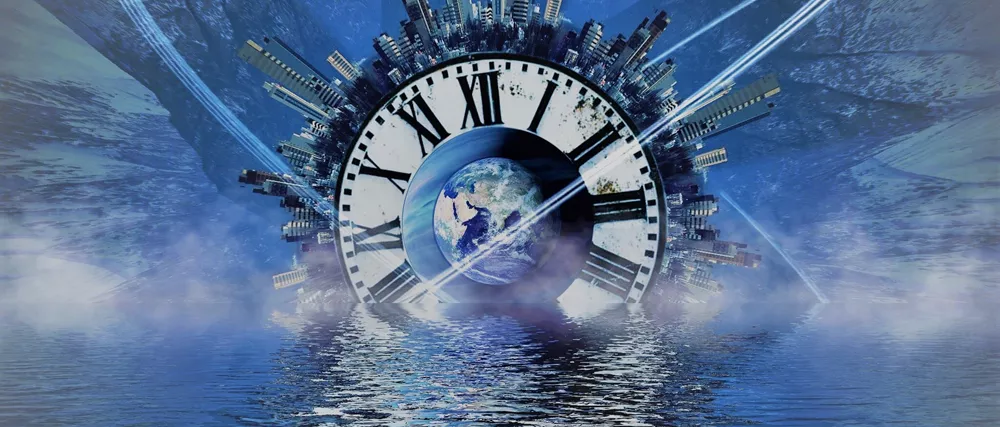The ocean is our planet’s life support, so inextricably linked to its survival that no life on earth can exist without it. We rely on the ocean for our drinking water, the majority of our food, even the air we breathe. It provides food for millions, could hold the key to cancer treatments and other diseases, protects us against storms and regulates the climate. Yet, for decades we’ve exploited the world’s largest ecosystem.
The state of our ocean
Pollution caused by plastic waste, pesticide runoff and more is infiltrating the underwater food chain with unknown consequences to the food we consume. With ocean temperatures higher than ever before, coral reefs are being destroyed, and with them, our coastal protection. And our homes and wildlife’s habitats are being washed away with the rising water level as a result. But the water isn’t just getting warmer. Being forced to absorb more and more Co2 thanks to burning fossil fuels over the last century, it’s becoming more acidic too. Some species at the bottom of the food chain cannot survive, altering our marine ecosystem. Add in over-fishing, and we’ve got the perfect recipe for a man-made disaster. So it’s not surprising the UN has included the state of our ocean in its Sustainable Development Goals.
A recent UNESCO report suggests the pandemic and a forced lull in activities may have given marine environments some breathing space to start their recovery. And so it seems the time is right for the rise of the blue economy - “the sustainable use of ocean resources for economic growth, improved livelihoods, and jobs while preserving the health of the ocean ecosystem” (according to The World Bank). And ‘blue tech’ is likely to lead innovation.
It’s early days for sustainable ocean technology, but nevertheless, we’re seeing solutions designed to address some of the biggest challenges.
The tech going ocean deep to bring data to the surface
Technology is helping us learn more about our ocean than ever before by gathering crucial data, unavailable until now, about what’s happening beneath the surface. Underwater drones, sensors and buoys, scan, monitor and measure. While artificial intelligence (AI) and machine learning analyse the data. And so we can better understand the threats to our planet and mitigate the damage.
Similar technology is increasingly being used to mitigate the damage caused by industries that pose a significant risk to marine life, particularly the oil and gas industry. For example, MetOcean Telematics has developed a range of buoys to track, monitor, and predict the movement of oil spillages in real-time to support clean-up operations and lessen the impact on marine wildlife and the ecosystem.
The tech tackling the clean-up of our ocean
Plastics make up around 80% of all waste pollution in the ocean, and experts suggest that by 2050, there’ll be more plastic in our seas than fish. Thankfully, organisations like non-profit, The Ocean Cleanup are utilising innovative technology to clean our seas. The Ocean Cleanup tells us that ‘trash accumulates in five ocean garbage patches, the largest one being the Great Pacific Garbage Patch, located between Hawaii and California. If left to circulate, the plastic will impact our ecosystems, health, and economies for decades or even centuries.’ Its floating systems are designed to capture plastics ranging from small pieces, just millimetres in size, up to large debris, including massive, discarded fishing nets, which can be tens of metres wide. The Ocean Cleanup projects to be able to remove 90% of floating ocean plastic by 2040.
The tech helping safeguard fish stock
Animal tagging has been common practice to protect animals facing extinction. However, thanks to technical innovations, today, high-tech tags are being used on marine life too. The Marine Conservation Council tells us that information revealed from tagging projects can help safeguard future fish stocks in our ocean facing increasing threats such as over-fishing and climate change. Managing fish stocks relies on tracking their movements and understanding their behaviours, and the development of satellite and acoustic tagging devices means researchers can gather data in almost real-time, helping us tackle one of the ocean’s biggest challenges more effectively.
The ocean is literally our lifeforce, and its degradation cannot be ignored, especially as it has so much more to offer in our fight to protect our planet. According to Ocean Energy Europe, the voice of the ocean energy sector in Europe, the ocean is the world’s largest untapped source of renewable energy. So could ocean energy soon be our primary power source? Surely it’s just a matter of innovation?
Not sure whether your activity qualifies as R&D? Our technical teams specialise in unearthing qualifying activity and costs so you can keep innovating. Contact RIFT R&D on 01233 653008.

